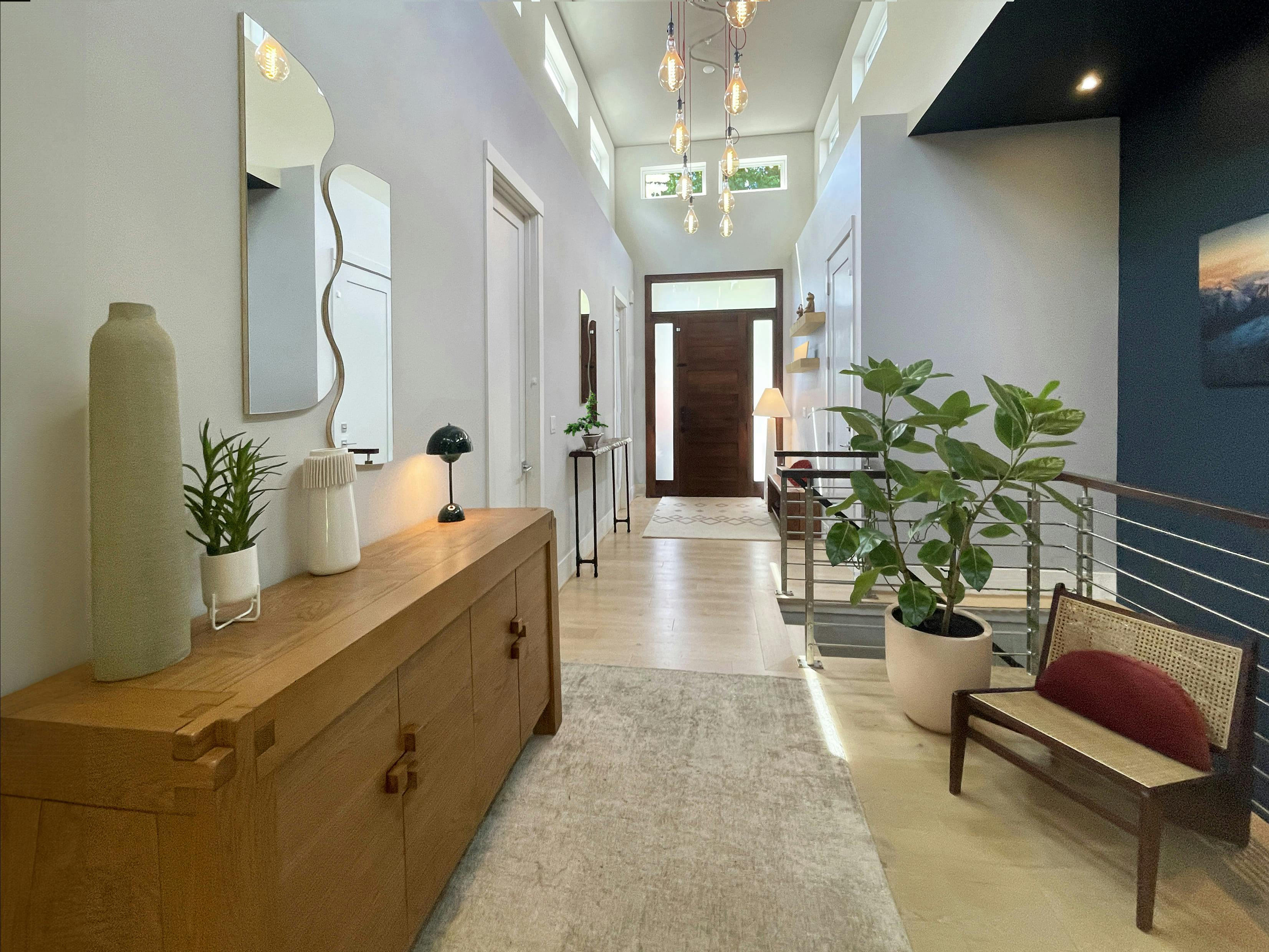At their most poetic, florals are not just ornaments of interior design and decoration, but emotional anchors. They invite tranquility, joy, and memory into the domestic sphere.
In a high-velocity world that constantly pulls our attention outward, florals remind us to look inward, to the stillness of a bloom and the serenity of a repeating petal.
Studies in environmental psychology suggest that natural patterns, particularly floral ones, stimulate feelings of calm and well-being.
By including florals in interior design, we are building a bridge between the human mind and the natural environment, reconnecting ourselves with forms and rhythms our ancestors once lived amidst.
Florals, then, are not simply a decorative element of interior design; they are also deeply restorative. Florals have emerged as a central idea in restorative interior designs, focusing on establishing a harmony between the space and its occupants.
For the modern interior designer, floral interior design is an important interior design element that is less about bold statements and more about creating atmospheres that feel restorative, connected, and deeply personal. They are a soft counterpoint to the hard lines of modern architecture, and a reminder of nature within built walls.








